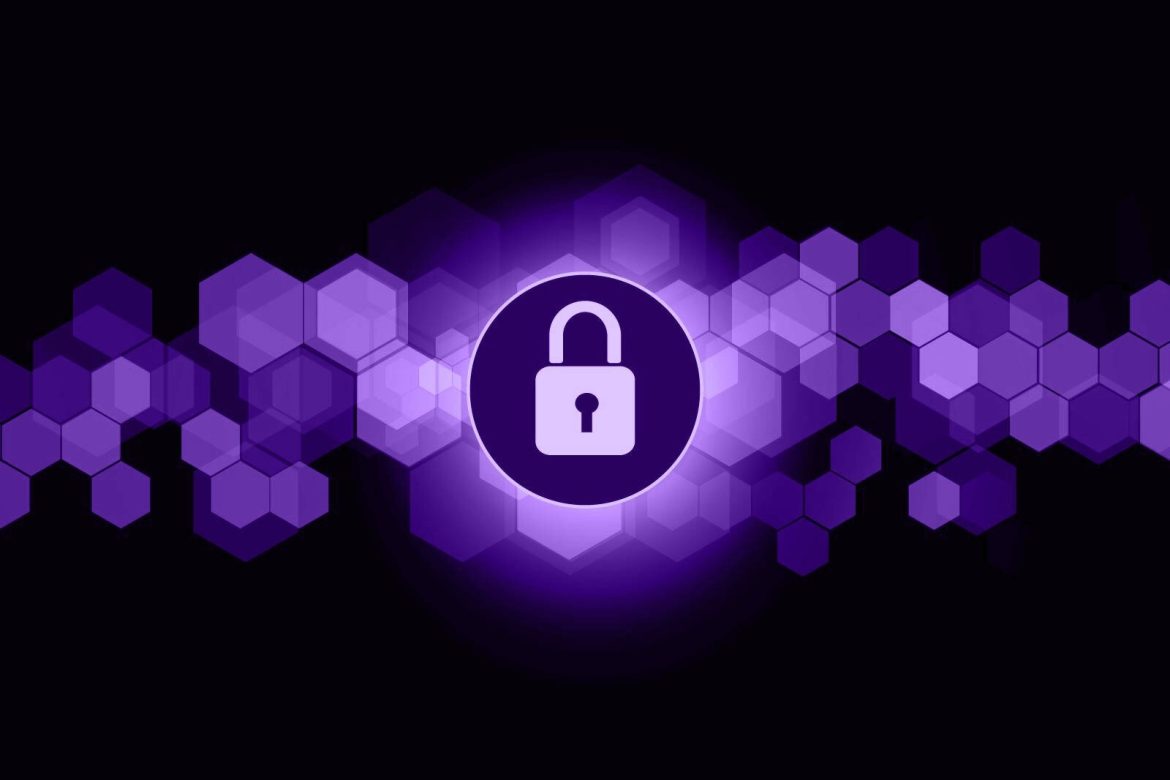Cybersecurity has become a critical aspect of software development, with the increasing prevalence of cyber threats and attacks targeting applications and systems. Integrating cybersecurity into the software development lifecycle (SDLC) is essential to mitigate risks, protect sensitive data, and ensure the security and integrity of software applications. In this article, we will explore key cybersecurity considerations that developers and organizations should address throughout the SDLC to build secure and resilient software.
Understanding the Software Development Lifecycle
The Software Development Lifecycle (SDLC) encompasses the entire process of planning, designing, building, testing, deploying, and maintaining software applications. Traditionally, the SDLC consists of several phases, including requirements gathering, design, implementation, testing, deployment, and maintenance. Each phase involves various activities and stakeholders, from developers and testers to project managers and stakeholders.
Incorporating Security into the SDLC
To effectively address cybersecurity concerns, organizations should integrate security practices and considerations into each phase of the SDLC. This approach, known as “Security by Design,” emphasizes the importance of proactively addressing security requirements and vulnerabilities throughout the development process. By incorporating security early in the SDLC, organizations can minimize the risk of introducing security flaws and vulnerabilities into their software applications.
Requirements Gathering and Design Phase
During the requirements gathering and design phase, developers should identify and prioritize security requirements based on the application’s intended use, data sensitivity, and potential threats. This involves conducting threat modeling exercises to identify potential security threats and vulnerabilities and designing security controls and countermeasures to mitigate these risks effectively. Additionally, developers should consider incorporating security features such as authentication, authorization, encryption, and access controls into the application architecture and design.
Implementation and Testing Phase
In the implementation phase, developers should follow secure coding practices and guidelines to write code that is resistant to common security vulnerabilities, such as injection attacks, cross-site scripting (XSS), and insecure direct object references. This includes validating input data, sanitizing user inputs, using parameterized queries for database access, and implementing secure authentication and authorization mechanisms.
During the testing phase, developers should conduct comprehensive security testing to identify and remediate security vulnerabilities and weaknesses in the application. This includes performing static code analysis, dynamic application security testing (DAST), and penetration testing to identify security flaws, misconfigurations, and vulnerabilities. Automated security testing tools can help identify common security issues and ensure that the application meets security requirements and standards.
Deployment and Maintenance Phase
In the deployment phase, developers should ensure that the application is securely configured and hardened to reduce the attack surface and minimize security risks. This includes applying security patches and updates promptly, configuring firewalls and intrusion detection systems, and implementing secure network and infrastructure configurations. Additionally, organizations should establish incident response procedures and protocols to detect, respond to, and recover from security incidents and breaches effectively.
Throughout the maintenance phase, developers should continue to monitor and assess the security posture of the application, proactively addressing emerging threats and vulnerabilities. This includes conducting regular security audits and assessments, implementing security controls and countermeasures, and staying informed about the latest security trends and developments. By maintaining a proactive approach to security, organizations can ensure the ongoing security and integrity of their software applications.
Conclusion
In conclusion, cybersecurity considerations are integral to the software development lifecycle (SDLC), requiring organizations to integrate security practices and considerations into each phase of the development process. By incorporating security by design principles, identifying and prioritizing security requirements, and conducting comprehensive security testing, developers can build secure and resilient software applications that protect sensitive data and mitigate cyber threats effectively. With cybersecurity becoming an increasingly critical concern in today’s digital landscape, organizations must prioritize security throughout the SDLC to safeguard against potential risks and vulnerabilities and ensure the trust and confidence of their users.

